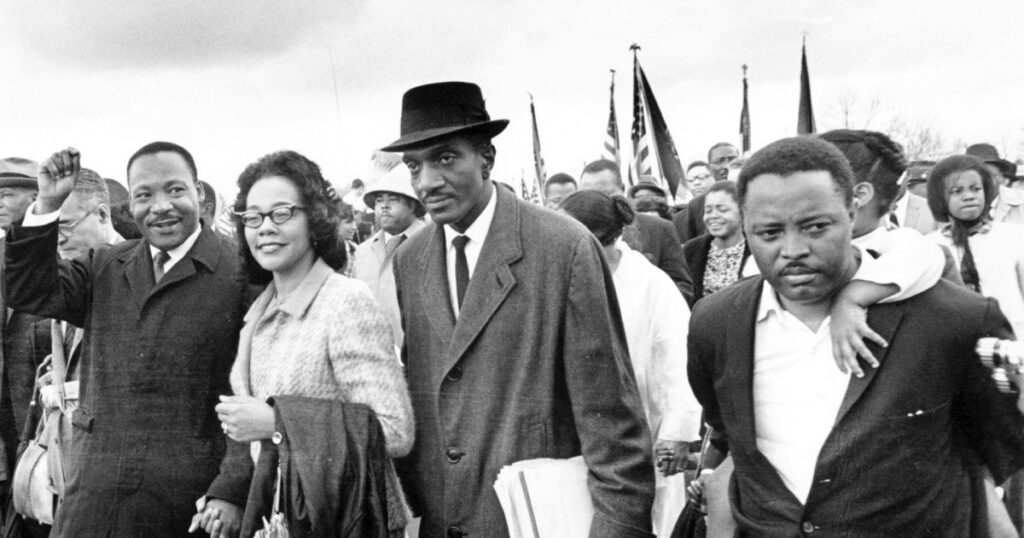One of the most important struggles of the civil rights movement occurred in rural Lowndes County, Alabama.
But most people have never heard of it.
As lifelong Lowndes resident Arthur Nelson explains in the new MSNBC documentary “Lowndes County and the Road to Black Power,” “You always hear ‘Selma-to-Montgomery,’” but the county where much of the iconic five-day civil rights march actually took place is mostly a footnote in America’s collective memory.
One of the most important struggles of the civil rights movement occurred in rural Lowndes County, Alabama.
In 1965, in immediate aftermath of Bloody Sunday, Dr. Martin Luther King, Jr. led over 2,000 people from Selma to Montgomery to dramatize the determination of African Americans to vote.
It is a march that looms large in stories about the civil rights movement. And it has been well documented in award-winning books and films, including “Selma,” directed by Ava Duvernay, a Lowndes descendant.
The march also figures prominently in our political discourse. Traveling to Selma on the anniversary of Bloody Sunday has become a rite of passage for Democratic presidents and presidential hopefuls. President Joe Biden was there just three weeks ago for the 58th anniversary celebration to express his commitment to voting rights.
Arthur Nelson calls Lowndes the “dash” in the Selma-to-Montgomery March. As such, it is easily overlooked. But in life, he says, the dash, which demarcates one’s journey from birth to death, is what’s most important. “That dash will make the difference.”
Indeed, what transpired in Lowndes County during the civil rights era was nothing short of remarkable.
Lowndes was close to 80% Black when the Selma-to-Montgomery march passed through, but not a single African American was registered to vote. Most were too afraid to even try because of the long, terrible history of racial violence.
But within a year, Black residents, working closely with Kwame Ture, né Stokely…
Read the full article here





